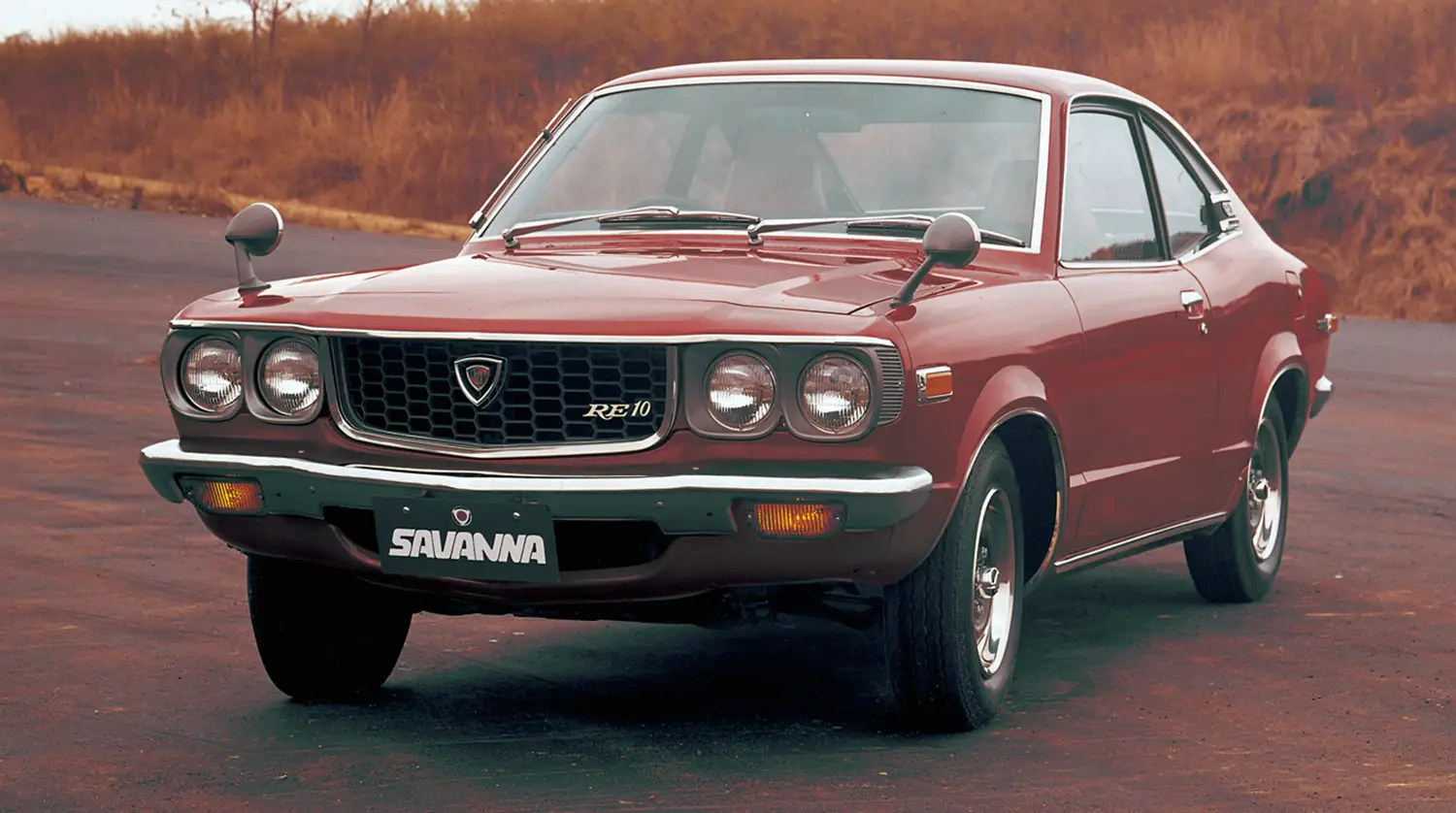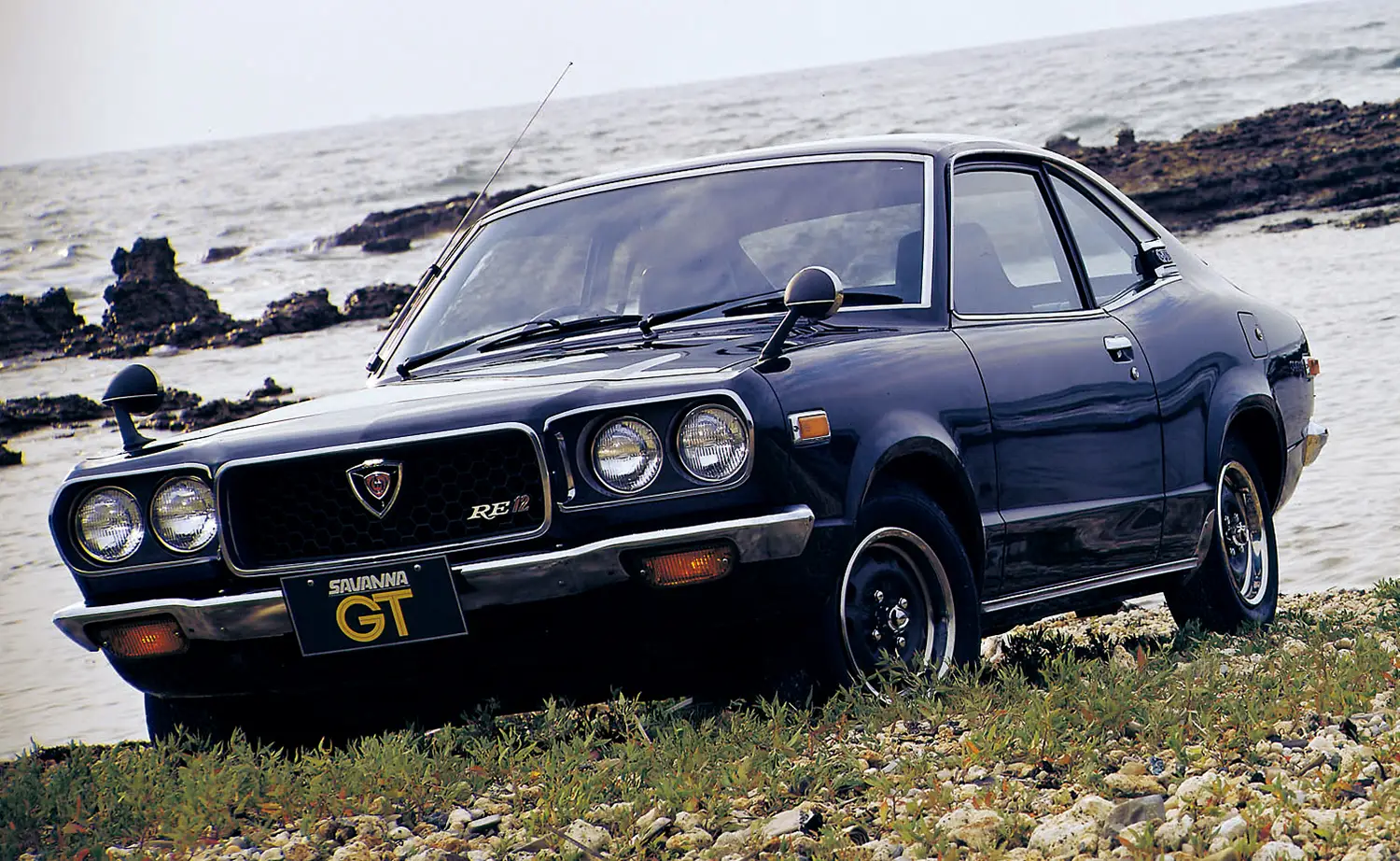
The 1971 Mazda Savanna Coupe GS stands as a crucial milestone in Mazda’s performance lineage. This vehicle, globally recognized as the RX-3, proved that the compact Wankel rotary engine was a serious competitor. Launched as a successor to the Familia Rotary, the Savanna brought Mazda’s innovative technology to a stylish, lightweight platform. The 1971 Mazda Savanna Coupe GS quickly became an auto icon in Japan, known for its high-revving engine note and exceptional agility. It successfully challenged larger, more established rivals both on the street and on the track.
The Dawn of the Savanna Generation
Introduced in 1971, the Savanna was the second iteration of Mazda’s rotary-powered line of passenger cars. It debuted with distinct styling, featuring a squared-off profile and aggressive front fascia. The coupe body style, especially the GS trim, emphasized the car’s sporting intentions. Designers gave the Savanna a compact, yet purposeful stance, contributing to its nimble handling characteristics. Consequently, this lightweight design became a key factor in the car’s success in motorsport. The Savanna offered an appealing blend of everyday usability and genuine performance capability.
The Wankel Rotary Engine Legacy
The heart of the 1971 Mazda Savanna Coupe GS is its unique 10A Wankel rotary engine. This engine design features triangular rotors that spin within an oval housing, offering high power for its small displacement. The 10A engine produced impressive output, often near 105 horsepower in stock form, despite being only 982 cubic centimeters. More importantly, the rotary engine’s light weight and compact size allowed it to sit low and far back in the chassis. This created an ideal front-midship weight distribution, significantly enhancing the car’s balance. Clearly, the revolutionary engine was the single most defining feature of the Savanna.
Performance and Competition Heritage
The Savanna GS quickly made its mark in racing, particularly in the Japanese Grand Prix touring car classes. It famously went head-to-head with the dominant Nissan Skyline GT-R. The light weight and superior handling of the rotary-powered Mazda often allowed it to outperform its larger-engined rivals. This earned the car the nickname of “Giant Killer” among racing fans and the media. Therefore, the 1971 Mazda Savanna Coupe GS is inextricably linked to Mazda’s early motorsport triumphs. The performance heritage of this model solidified Mazda’s global reputation for innovation.
The GS Trim Level Distinction
The GS trim represented the top-of-the-line performance variant of the Savanna coupe. Buyers received a sportier interior, usually featuring full instrumentation and enhanced seating. On the exterior, the GS models often featured unique wheels and subtle badging. This trim was focused on the driver who appreciated both the revolutionary engine and the car’s refined handling. The GS package delivered a high level of equipment without compromising the vehicle’s essential light weight. This positioning was key to its success with dedicated enthusiasts.
The Global RX-3 Identity
While known as the Savanna in its Japanese home market, this model was exported as the RX-3. The RX-3 designation helped establish Mazda’s rotary brand name internationally. This car found success in various markets, including North America and Australia. The global appeal confirmed the Savanna’s innovative design and mechanical superiority. The 1971 Mazda Savanna Coupe GS ultimately paved the way for future rotary legends like the RX-7. The model history highlights its critical role in validating the Wankel engine concept worldwide.
The 1971 Mazda Savanna Coupe GS is a true cornerstone of Japanese performance and automotive history. It successfully introduced the powerful and compact 10A rotary engine to a wider audience. Known for its distinct styling, light weight, and giant-killing race performance, it is highly respected. The model stands as an auto icon that firmly cemented Mazda’s innovative spirit in the global high-performance arena.
Disclaimer: Content on this site is for informational purposes only. Vehicle specs, pricing, and availability may change. Always verify details with official sources before making decisions. Opinions are those of the authors.
Source: Mazda

